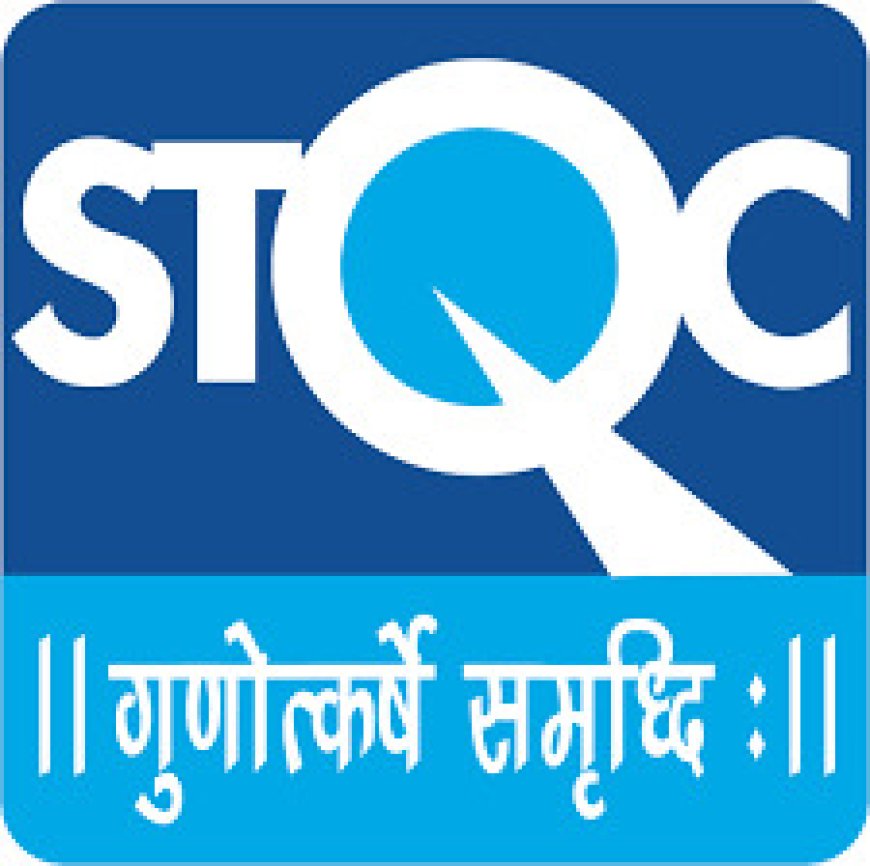Standardisation Testing and Quality Certification: Unlocking Success in Modern Industries
Standardisation Testing and Quality Certification (STQC) ensures products and services meet international quality standards. It supports IT and electronics sectors by offering certification, testing, and audit services to enhance reliability, security, and efficiency, fostering innovation while promoting global market competitiveness.

In an era defined by technological advancements and global competition, the demand for high-quality products and services is at an all-time high. Businesses across industries strive to meet consumer expectations while adhering to regulatory requirements. The role of Standardisation Testing and Quality Certification (STQC) has become pivotal in ensuring that products, services, and processes meet established benchmarks of safety, performance, and reliability. By implementing these practices, companies can not only enhance customer satisfaction but also gain a competitive edge in the marketplace.
What Is Standardisation?
Standardisation involves establishing and implementing technical specifications, guidelines, or characteristics for products, services, and processes to ensure uniformity and consistency. The primary goal is to promote interoperability, compatibility, safety, and quality while minimizing costs and reducing production errors. International organizations like the International Organization for Standardization (ISO) and the International Electrotechnical Commission (IEC) play a significant role in setting global standards that businesses can adopt.
Importance of Testing in Standardisation
Testing is an integral part of the standardisation process. It involves evaluating products or services against defined criteria to ensure they meet the required standards. Testing helps identify defects, assess performance, and verify that a product adheres to safety and quality norms.
Key Objectives of Testing:
-
Quality Assurance: Ensures that products and services are consistent and meet the desired quality benchmarks.
-
Risk Mitigation: Detects potential issues early, reducing the risk of product failures.
-
Regulatory Compliance: Ensures adherence to government regulations and industry standards.
-
Customer Satisfaction: Provides customers with confidence in the reliability and safety of products.
Common testing methodologies include performance testing, functional testing, safety testing, and environmental testing, each tailored to specific industry needs.
Quality Certification: Ensuring Trust and Compliance
Quality certification serves as a formal recognition that a product, service, or process meets established quality standards. These certifications are often issued by third-party organizations and signal to consumers and stakeholders that a company adheres to stringent quality norms.
Popular Quality Certifications:
-
ISO 9001: Focuses on quality management systems and continual improvement.
-
ISO/IEC 27001: Pertains to information security management systems.
-
CE Marking: Indicates compliance with EU safety, health, and environmental requirements.
-
FCC Certification: Ensures electronic devices comply with U.S. federal regulations.
-
RoHS Compliance: Restricts the use of hazardous materials in electrical and electronic equipment.
Obtaining these certifications not only boosts brand credibility but also demonstrates a company’s commitment to delivering safe and high-quality products.
Benefits of Standardisation Testing and Quality Certification
The adoption of standardisation testing and quality certification practices offers numerous advantages, including:
1. Enhanced Product Quality and Reliability:
Standardisation ensures consistent product quality, reducing the likelihood of defects and enhancing reliability.
2. Market Access and Competitiveness:
Many international markets require compliance with specific standards for entry. Certified companies gain a competitive advantage by meeting these requirements.
3. Cost Efficiency:
Identifying and resolving issues early during testing minimizes waste and reduces production costs.
4. Customer Confidence:
Quality certifications signal a commitment to excellence, fostering trust and loyalty among customers.
5. Regulatory Compliance:
Meeting regulatory requirements through standardisation testing avoids legal penalties and reputational damage.
6. Innovation and Continuous Improvement:
Standardisation often drives innovation by encouraging companies to adopt the latest best practices and technologies.
Challenges in Implementing Standardisation Testing and Quality Certification
While the benefits are clear, implementing these practices is not without its challenges. Companies often face hurdles such as:
-
Cost and Resource Constraints: Testing and certification can be expensive and require significant resources.
-
Complex Regulatory Landscapes: Navigating differing regional regulations and standards can be challenging for global companies.
-
Rapid Technological Changes: Keeping up with evolving technologies and updating standards accordingly is a continuous process.
-
Resistance to Change: Implementing standardisation and certification processes may face resistance from employees or stakeholders accustomed to existing methods.
Best Practices for Effective Standardisation and Certification
To successfully implement and leverage standardisation testing and quality certification, businesses can adopt the following best practices:
-
Engage Early: Incorporate testing and quality assurance early in the product development cycle to identify and address issues proactively.
-
Collaborate with Experts: Work with accredited testing laboratories and certification bodies to ensure accurate and reliable assessments.
-
Train Employees: Provide training to employees on the importance of quality standards and their role in maintaining them.
-
Customer Feedback: Leverage customer insights to refine products and ensure they continue to meet market needs.
The Future of Standardisation Testing and Quality Certification
As industries continue to evolve, the importance of standardisation testing and quality certification will only grow. Emerging technologies such as the Internet of Things (IoT), artificial intelligence (AI), and blockchain are reshaping traditional business models and introducing new challenges in maintaining quality and compliance. In response, industry stakeholders must work together to develop and refine standards that address these technological advancements.
Furthermore, sustainability and environmental considerations are becoming increasingly important in setting standards. Certifications such as ISO 14001 for environmental management and initiatives focused on carbon footprint reduction highlight the growing emphasis on green practices.
Conclusion
Standardisation Testing and Quality Certification are essential pillars for ensuring product excellence, regulatory compliance, and customer satisfaction in today’s competitive landscape. By adopting these practices, businesses can unlock new opportunities for growth and innovation while building trust and loyalty among consumers. As technological advancements and market demands continue to evolve, the commitment to upholding high standards will remain a critical factor in driving long-term success
What's Your Reaction?

























